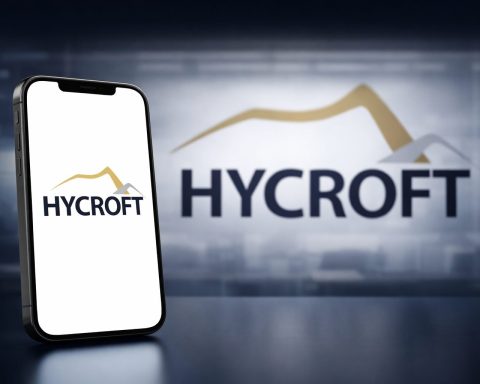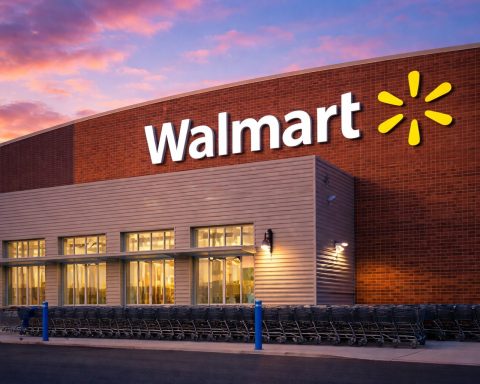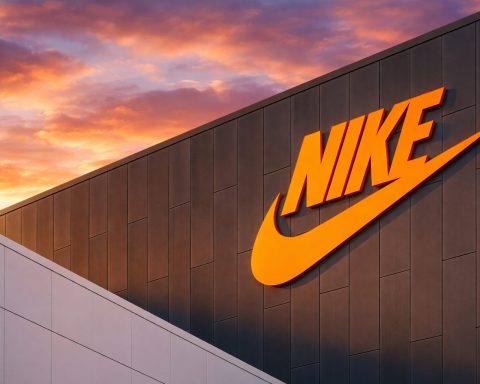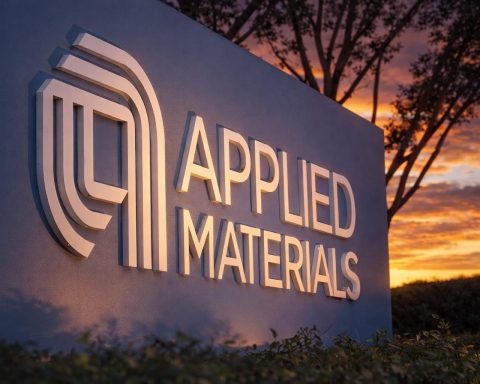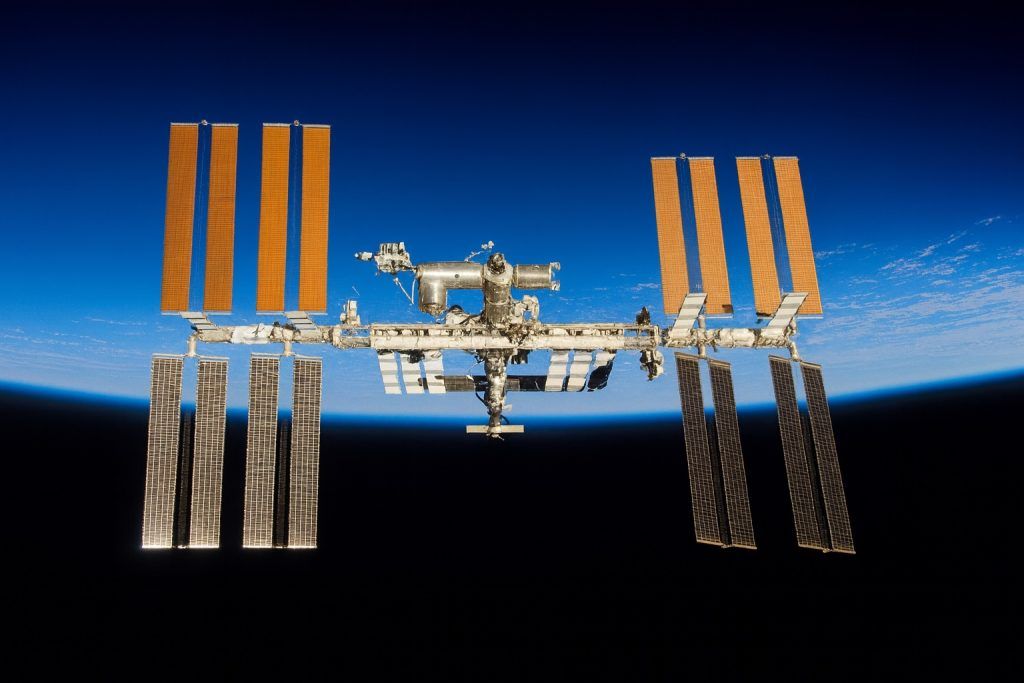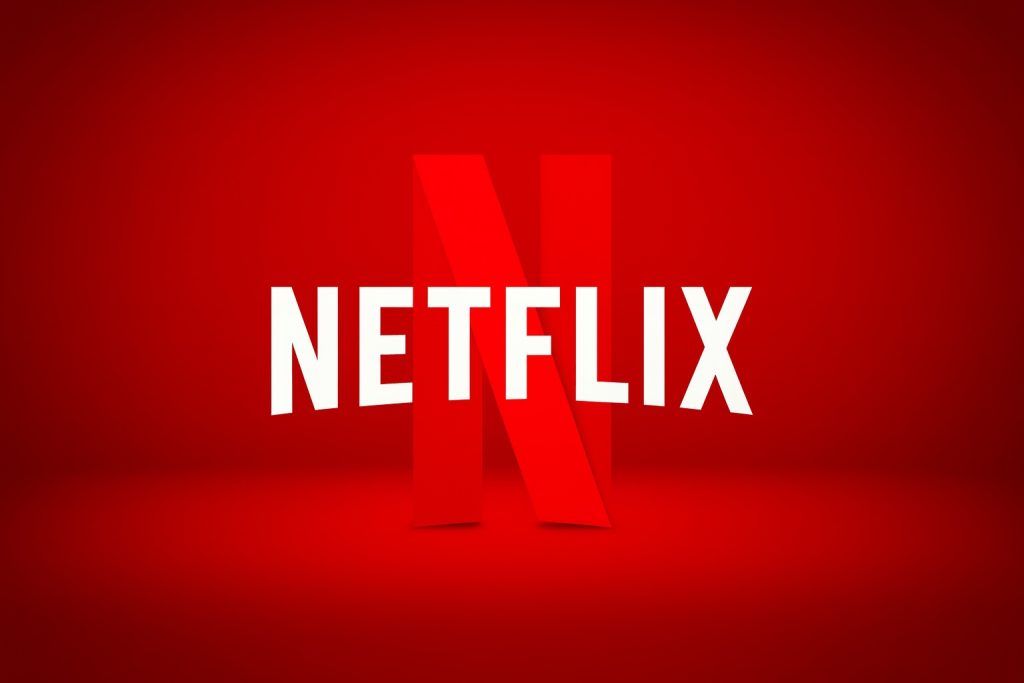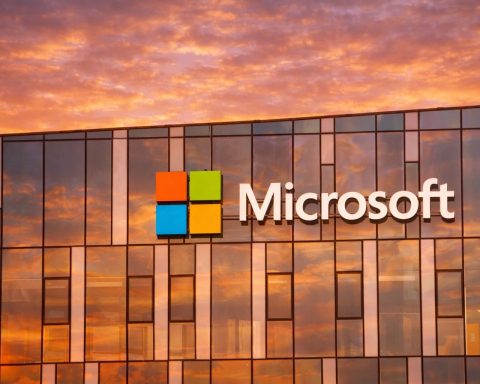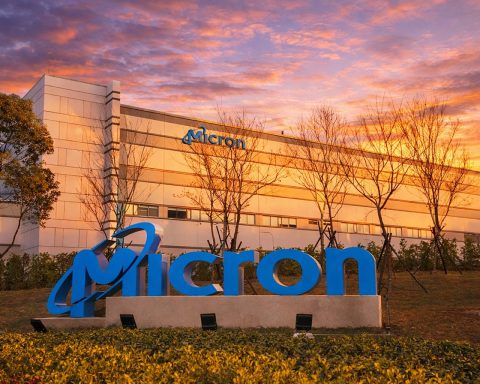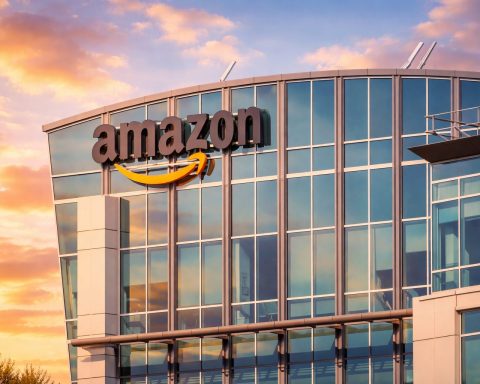- Judson Althoff promoted to CEO of Microsoft’s Commercial Business: Microsoft CEO Satya Nadella asked chief commercial officer Judson Althoff to run the company’s commercial business, which covers sales, marketing and operations. Nadella said the appointment will combine the company’s commercial functions with engineering to accelerate the AI platform shift and tighten feedback loops with customers [1] [2].
- Satya Nadella shifts into “founder‑mode” to build AI infrastructure: Nadella will focus on datacenter build‑out, systems architecture, AI research and product innovation, freeing him from much of the day‑to‑day commercial management [3] [4]. He called this a once‑in‑a‑generation AI platform change and urged employees to reinvent themselves [5].
- Sales, marketing and operations brought under one leader: The restructure moves Microsoft’s operations and marketing organisations under Althoff while linking engineering teams more closely, creating a commercial leadership team that oversees around 75 % of the company’s revenue [6] [7].
- Majority of Microsoft’s revenue comes from commercial offerings: Analysts note that commercial products such as Microsoft 365, Azure cloud and AI chips account for roughly $220 billion of Microsoft’s $282 billion fiscal‑2025 revenue [8] [9].
- Microsoft Marketplace unifies AI and cloud app stores: In the same week, Microsoft launched a unified marketplace, merging Azure Marketplace and AppSource. The platform hosts tens of thousands of cloud solutions and over 3,000 AI apps and agents, allowing customers to find, try and purchase solutions in one location [10]. Partners such as Siemens and Mars cited improved efficiency and confidence from the unified marketplace [11] [12].
- Market reaction and speculation: Commentators described the move as a significant restructuring in the middle of the AI boom, noting parallels to the “founder‑mode” leadership style at other tech firms [13] [14]. Some analysts speculated whether the title of “CEO of commercial business” could position Althoff as a potential successor, while others view the shift as a practical way to let Nadella focus on the critical AI race [15].
A Seismic Shift in Leadership
Satya Nadella’s memo announcing the promotion of Judson Althoff to CEO of Microsoft’s commercial business reads like a mission statement for the AI era. Nadella describes the generational platform shift to artificial intelligence as “tectonic” and argues that Microsoft must combine sales, marketing, operations and engineering to meet customer needs and build the new AI frontier [16]. The reorganisation brings marketing chief Takeshi Numoto and chief operating officer Carolina Dybeck Happe (with a dotted line to Nadella) under Althoff’s oversight. Nadella emphasised that consolidating operations within the commercial organisation will “tighten the feedback loop” between customer needs and product delivery [17].
Althoff, who has led the Microsoft Customer and Partner Solutions (MCAPS) group since 2021, now commands a business unit generating roughly three‑quarters of Microsoft’s revenue [18]. MCAPS has been described by Nadella as Microsoft’s “number one seed” and its most important growth engine [19]. By elevating Althoff, Microsoft follows its strategy of giving CEO titles to leaders of large divisions — as it has done with gaming and AI businesses — signalling the growing autonomy of its commercial arm [20].
Why Nadella Is Stepping Back
For Nadella, who took over as chief executive in 2014, the move reflects a shift toward what some commentators call “founder mode.” Instead of focusing on the administrative burden of managing a massive sales and marketing organisation, he will pour his energy into building and operating the infrastructure required for AI. This includes expanding Microsoft’s network of datacenters, designing custom systems to handle compute‑intensive workloads, pushing forward on AI research and science, and accelerating product innovation [21]. In the memo, Nadella urges employees to reinvent themselves to meet the demands of the new platform, stating that the organisation must manage a scaled commercial business while simultaneously building the AI frontier [22].
The reorganisation also addresses internal bottlenecks. Nadella notes that bringing operations into the commercial business will reduce friction and enable a “tighter feedback loop” between what customers need and how Microsoft builds and supports products [23]. Executives argue that aligning sales and marketing with engineering allows Microsoft to respond faster to customer requests, tailor AI solutions more effectively and shorten the time from idea to deployment [24].
Who Is Judson Althoff?
Judson Althoff joined Microsoft in 2013 after leading Oracle’s North America business. At Microsoft he rose from leader of the enterprise and partner group to chief commercial officer, where he unified global sales and marketing. Althoff spearheaded partnerships with Mercedes‑Benz, Boeing, Databricks, Wells Fargo and SAP [25]. He is widely credited with building MCAPS into a cohesive organisation that drives adoption of Microsoft Azure and Microsoft 365. His LinkedIn post following the announcement stressed his commitment to empowering customers “to achieve more in the AI era” [26].
As CEO of the commercial business, Althoff will manage marketing, operations, sales and customer support globally. He will work closely with engineering leaders to integrate their work with customer feedback and will lead a newly formed commercial leadership team that includes experts from engineering, finance, marketing and operations [27] [28]. This team will operate almost like a separate business unit, reflecting how central the commercial organisation has become to Microsoft’s bottom line.
The Business Context: Commercial Revenue Dominates
Microsoft’s commercial business is the company’s primary profit engine. In fiscal 2025, commercial offerings — including Microsoft 365 subscriptions, Azure cloud services and enterprise licenses for Windows — generated about $220 billion of Microsoft’s $282 billion in revenue [29]. Cloud and productivity subscriptions such as Microsoft 365 and Azure account for a substantial portion, and Microsoft is now one of the world’s largest buyers of Nvidia’s AI chips [30].
Given this scale, the decision to install a CEO for the commercial organisation signals how seriously Microsoft takes its AI prospects. The move centralises accountability and could provide a clear line of succession should the board ever seek a future corporate leader, though Nadella insists that the restructure is not about succession planning [31]. Analysts view the shift as part of a broader trend among tech companies to empower divisional leaders while freeing top executives to focus on generational technology shifts [32].
Microsoft Marketplace: One‑Stop Shop for AI and Cloud Solutions
Coinciding with the leadership shake‑up, Microsoft launched a unified digital storefront called the Microsoft Marketplace, merging the Azure Marketplace and AppSource. The new marketplace offers a single destination where businesses can discover, trial and purchase cloud solutions, AI applications and agents. Microsoft says the platform hosts tens of thousands of solutions and over 3,000 AI apps and agents [33] [34]. Through integration with Model Context Protocol (MCP), customers can rapidly provision AI models and agents across the Microsoft Cloud [35].
Beyond catalogue consolidation, the unified marketplace aims to make it easier for enterprises to manage procurement and deployment. It includes built‑in tools for governance, compliance and billing, and it integrates with Microsoft’s channel partner ecosystem so that customers can buy through partners or directly [36]. Partners have already praised the platform: Siemens’ VP of portfolio strategy said the marketplace reduces friction and enables faster adoption of AI applications [37], while Mars Inc.’s IT director noted that it helps balance innovation with confidence and integrates seamlessly into the Azure environment [38].
Analysts have noted that by merging Azure Marketplace and AppSource, Microsoft is also simplifying its previously fragmented app stores for AI developers and AI agents [39]. The unified storefront could become a strategic advantage as businesses increasingly adopt AI agents and need an easy path to deployment.
Industry Reaction and Competitive Landscape
The announcement triggered discussions about what the reorganisation means for Microsoft’s competitive standing. Many observers saw it as a sign that Nadella is doubling down on AI infrastructure to maintain the company’s lead over rivals such as Google, Amazon and OpenAI. Tech Buzz noted that Microsoft’s heavy investment in AI infrastructure — including datacenter expansion and integration of the latest Nvidia chips — requires a leader focused solely on those technical challenges [40]. The outlet also speculated that giving Althoff the CEO title may be part of a long‑term succession strategy, though sources said the primary goal is to allow Nadella to concentrate on AI science [41].
Geoff Woodruff, an analyst quoted in several reports, said the restructure reflects the reality that the AI market is maturing faster than expected. Customers are asking for end‑to‑end solutions that integrate AI models, workflow automation and data governance. By aligning sales, marketing and engineering, Microsoft can deliver these solutions more quickly and ensure that product development is guided by real‑world customer feedback [42]. Another analyst pointed out that the unified marketplace demonstrates Microsoft’s commitment to making AI procurement as frictionless as possible, which could give it an edge over competitors offering more fragmented ecosystems [43].
However, some industry insiders warn that centralising too much power in the commercial organisation could create new bottlenecks or slow decision‑making. Maintaining the culture of innovation that propelled Nadella’s success will require careful balancing of autonomy and oversight. Others note that by splitting responsibilities, Microsoft runs the risk of creating separate fiefdoms that might not always align on strategic priorities.
What This Means for Customers and Partners
For customers, Microsoft’s reorganisation and unified marketplace promise more streamlined engagement. Bringing operations under the commercial organisation means that support teams and field sellers will have the same leadership and priorities, reducing hand‑offs and response times. Engineering teams will work more closely with sales and support, allowing them to iterate quickly based on customer feedback. The unified marketplace should make it easier to evaluate and deploy AI solutions alongside traditional cloud services, accelerating digital transformation initiatives [44].
For partners, especially independent software vendors (ISVs), the restructure creates a clearer path to market. Instead of navigating separate channels for Azure Marketplace and AppSource, ISVs can publish their solutions once and reach a broad customer base. The new commercial leadership team, which includes finance and operations experts in addition to sales and marketing, may also streamline contract negotiations and billing. Partners like Siemens and Mars already report improved efficiency and adoption since using the platform [45] [46].
Conclusion: Preparing for the AI Epoch
Satya Nadella’s decision to appoint Judson Althoff as CEO of Microsoft’s commercial business and to step back into a more technically focused role underscores the intensity of the AI race. By centralising the commercial organisation and aligning it closely with engineering, Microsoft aims to deliver AI‑powered solutions faster and scale them across industries [47] [48]. At the same time, the launch of a unified marketplace promises to simplify procurement and deployment for customers, smoothing the path for AI adoption [49].
Whether the restructure signals succession planning or simply a pragmatic response to the demands of the AI era, it reflects Microsoft’s commitment to staying at the forefront of a technological shift that could reshape its business for decades. As competitors scramble to match Microsoft’s investments in AI infrastructure and enterprise adoption, the success of Nadella’s gamble will hinge on his ability to build the next generation of datacenters and AI systems while empowering a new leadership team to keep the commercial engine humming.
References
1. blogs.microsoft.com, 2. www.theverge.com, 3. blogs.microsoft.com, 4. www.reuters.com, 5. blogs.microsoft.com, 6. www.geekwire.com, 7. www.crn.com, 8. www.geekwire.com, 9. www.nasdaq.com, 10. blogs.microsoft.com, 11. blogs.microsoft.com, 12. blogs.microsoft.com, 13. www.geekwire.com, 14. www.techbuzz.ai, 15. www.techbuzz.ai, 16. blogs.microsoft.com, 17. www.theverge.com, 18. www.geekwire.com, 19. www.crn.com, 20. www.theverge.com, 21. www.reuters.com, 22. blogs.microsoft.com, 23. www.theverge.com, 24. blogs.microsoft.com, 25. msdynamicsworld.com, 26. www.crn.com, 27. www.reuters.com, 28. www.tipranks.com, 29. www.geekwire.com, 30. www.nasdaq.com, 31. www.theverge.com, 32. www.techbuzz.ai, 33. blogs.microsoft.com, 34. blogs.microsoft.com, 35. blogs.microsoft.com, 36. blogs.microsoft.com, 37. blogs.microsoft.com, 38. blogs.microsoft.com, 39. www.tipranks.com, 40. www.techbuzz.ai, 41. www.techbuzz.ai, 42. www.theverge.com, 43. blogs.microsoft.com, 44. blogs.microsoft.com, 45. blogs.microsoft.com, 46. blogs.microsoft.com, 47. blogs.microsoft.com, 48. www.reuters.com, 49. blogs.microsoft.com

